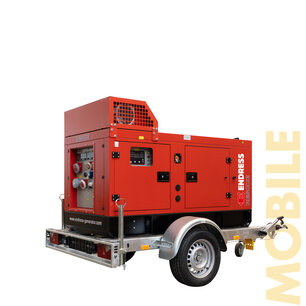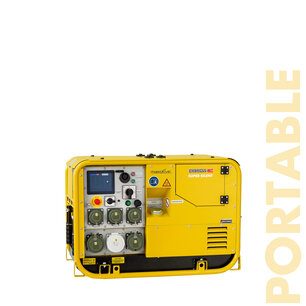Emergency power supply: The basis for reliable operational readiness
A stable power supply is a key factor in civil protection for maintaining important processes. Especially in exceptional situations—such as natural disasters or large-scale power outages—a well-designed emergency power supply enables the continuous operation of critical facilities and emergency response structures.
Ensure communication: Radio devices, cell phone repeaters, and digital communication devices require power to remain operational. A secure power supply helps to ensure that information can be transmitted reliably and emergency services can be coordinated.
Maintain control centers and coordination: Operations control centers, emergency call centers, and coordination offices must remain operational even if the public power grid fails. This is the only way to ensure structured and targeted operations management.
Supplying critical infrastructure: Facilities such as hospitals, nursing homes, waterworks, and sewage treatment plants depend on a continuous power supply. Emergency power generators help to maintain the operation of these systems even in the event of a crisis.
Safety through lighting: Mobile light sources provide orientation and safety at emergency sites, in emergency shelters, or on traffic routes—especially in darkness or poor visibility.
Operating technical equipment: Many civil protection tools—such as pumps, heating devices, and chargers—rely on electrical power. An emergency power supply ensures that these devices are ready for use at all times.
Support for the population: Electricity also plays a role in supplying the population—for example, in emergency shelters, mobile kitchens, or at charging points for cell phones. This ensures a minimum level of everyday life and communication.
A reliable emergency power supply is an essential part of modern operational planning. It creates the basis for functioning communication, coordination, and supply—and thus contributes significantly to stability and the ability to act in special situations.



